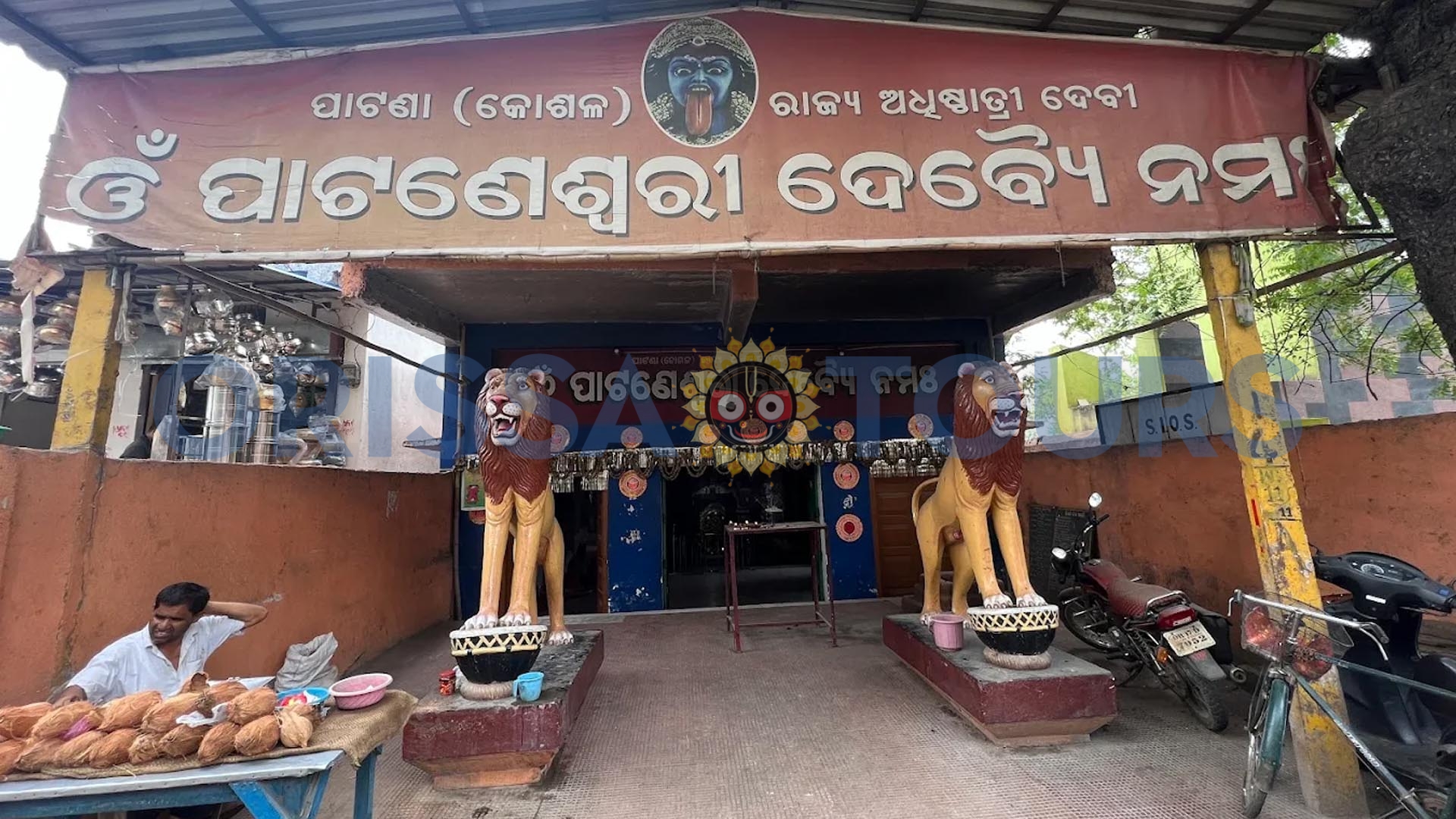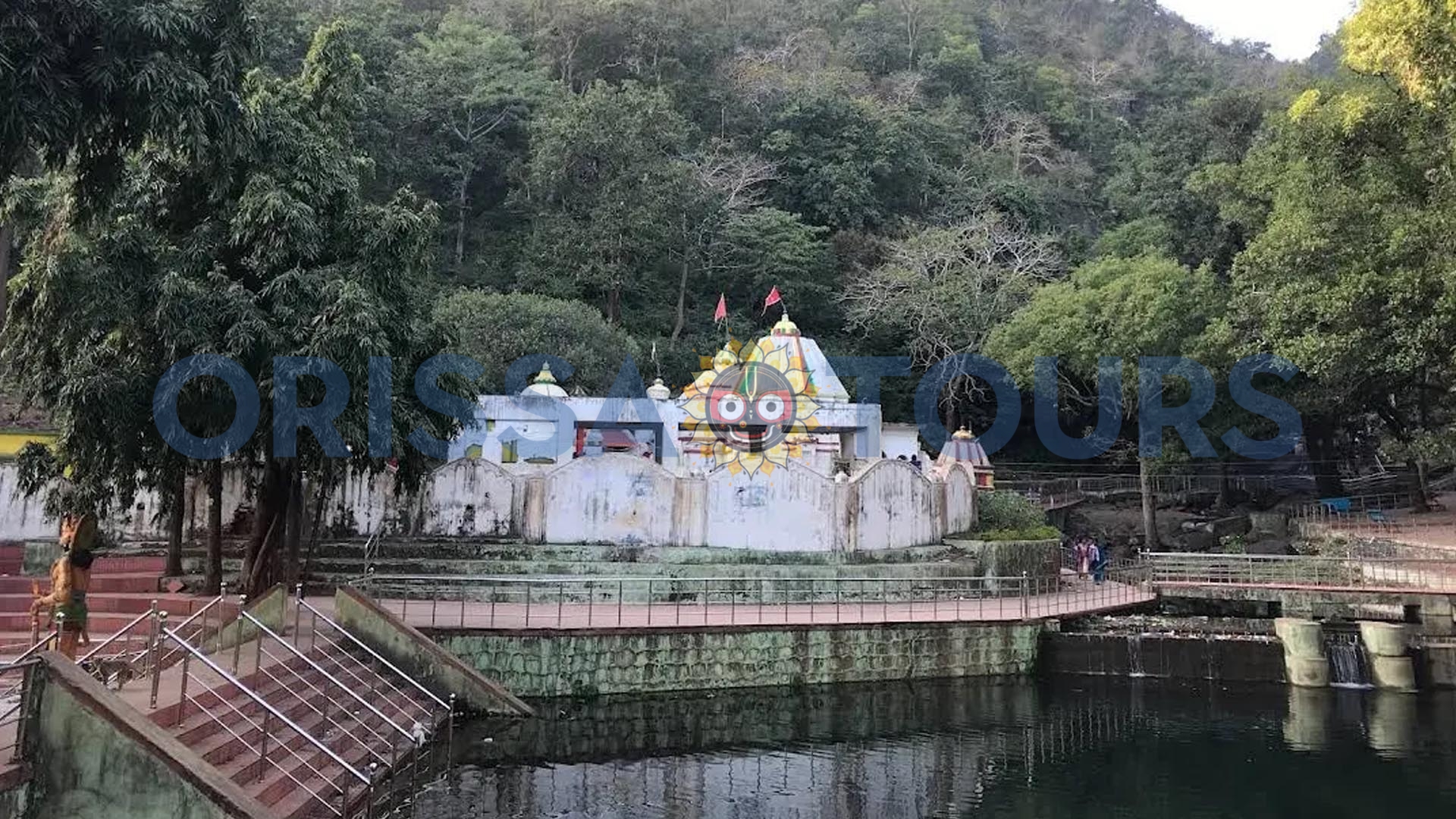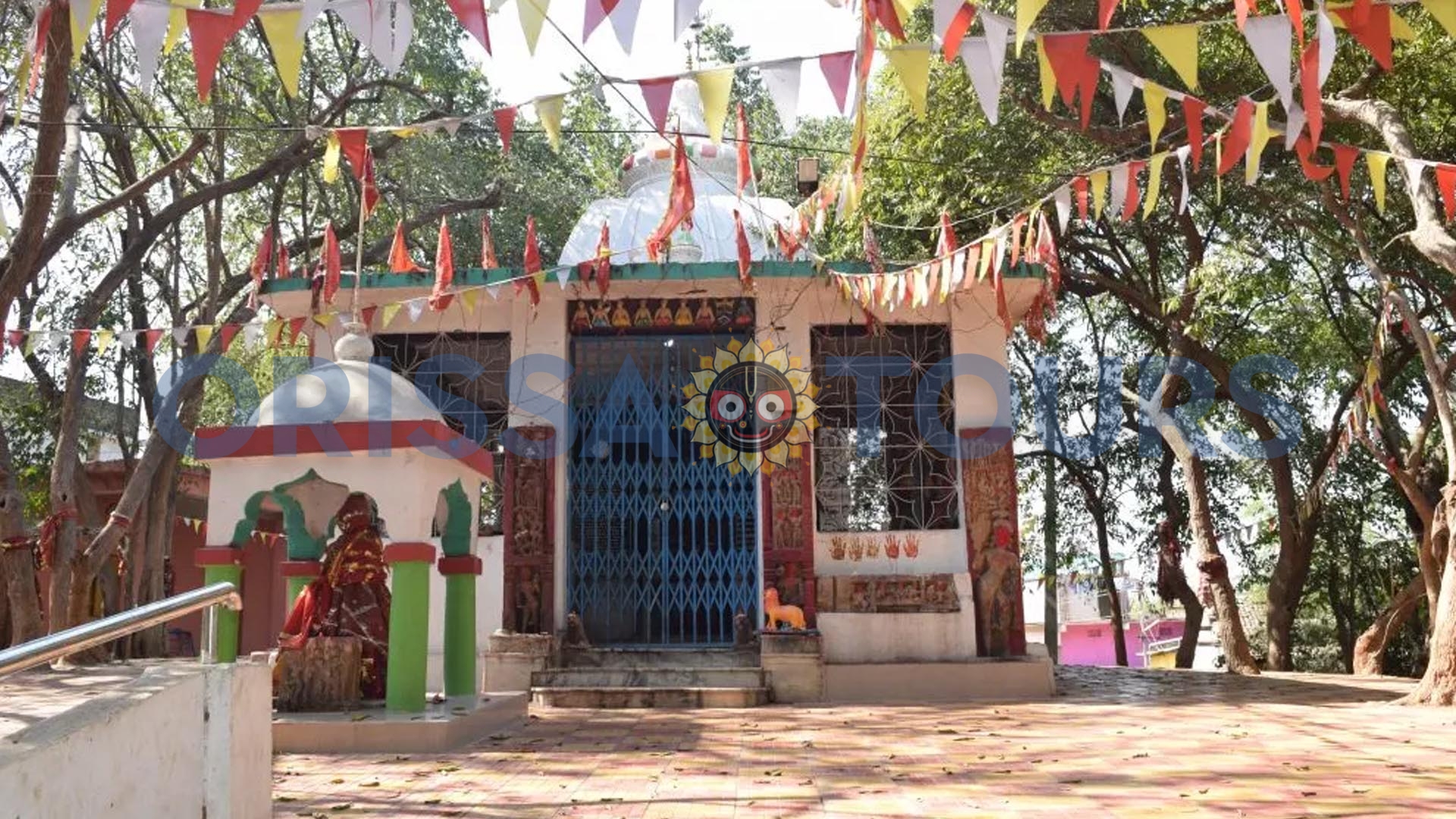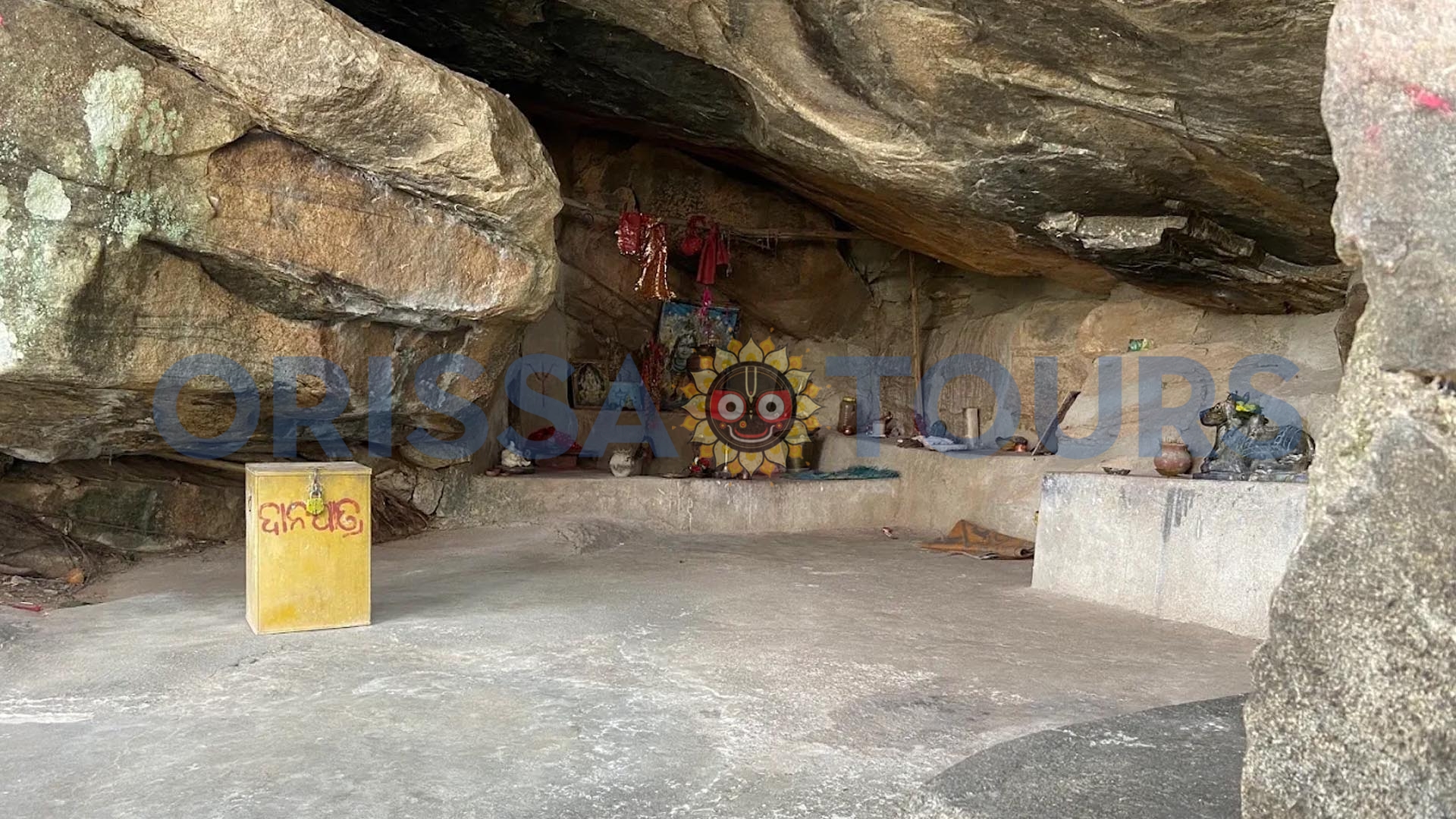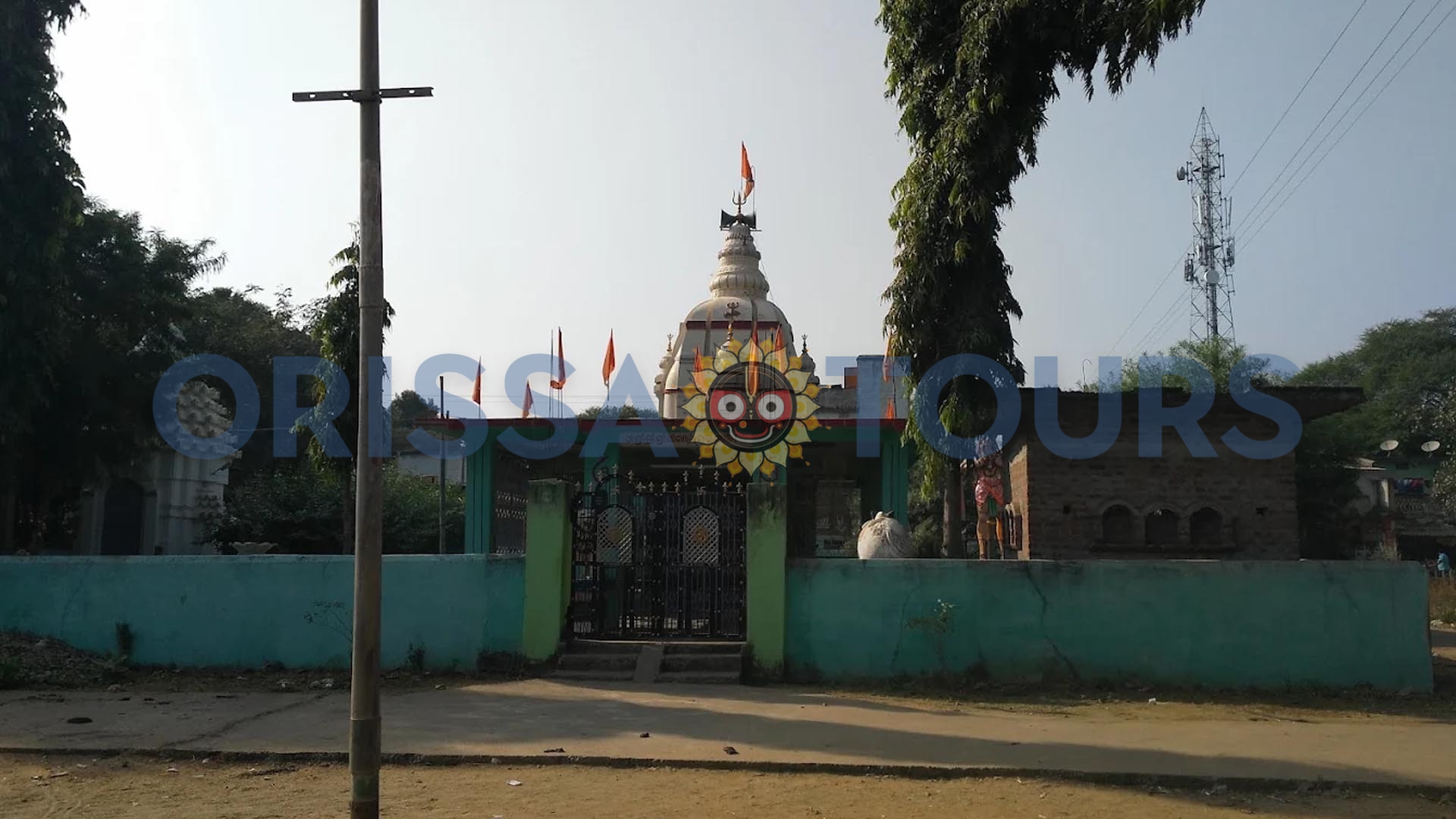Located in Subarnapur, Odisha, the Samaleswari Temple is a renowned Hindu temple dedicated to the Goddess Samaleswari. Located by the side of the Mahanadi River, the temple is a highly visited structure for its tranquillity and its history. The temple is situated in the culturally vibrant town of Subarnapur and serves as a vibrant reminder of the Odiya legacy.
Possibly combining elegant and impressive structure with a divine feel, the temple should be placed on the itinerary for any person exploring the sacred aspects of Odisha. Whether it be a devout person seeking blessings or an explorer enthusiastic about Odisha tourism, the Samaleswari Temple might be a once-in-a-lifetime experience as a prestigious temple in Odisha.

Key Highlights
- Location: Subarnapur, Odisha, India
- Deity: Goddess Samaleswari
- Architectural Style: Kalinga architecture
- Historical Significance: Built in the 16th century by King Balaram Dev
- Religious Importance: A major Hindu pilgrimage site in Odisha
- Best Time to Visit: October to March
- Notable Festival: Navratri
- Accessibility: Nearest railway station is Rairakhol (70 km); nearest airport is Bhubaneswar (272 km)
Historical Background
The Samaleswari Temple has a long and famous history dating back to the 16th century, when it was established through the Chauhan dynasty. As legend has it, King Balaram Dev was a devoted king and ordered the building of this temple at the behest of Goddess Samaleswari, the guardian of the land. It has gone through a lot of changes over hundreds of years, giving the place some of its historic charm with a faithful legacy.
This extensively renovated temple is located in Subarnapur, Odisha, and showcases Odisha’s historical backdrop, which has changed political hands many times while maintaining cultural significance. The legacy of this temple is associated with various local descriptives, making it a glowing beacon of perseverance and devotion to the community’s identity.
Architectural Marvel
The Samaleswari Temple exhibits the classic Kalinga style of architecture, known for its elegance and accuracy. The height and presence of its shikhara pull your attention by almost piercing the sky.. The bricks, sandstone, and terracotta are carved with beautiful deities and mythical designs. The sanctum, which housed Goddess Samaleswari’s idol made from black chlorite stone, is a product of artisanal stonework that reflects ancient intelligence and craftsmanship.
The compound of the temple was made of a variety of red sandstone with other smaller shrines and mandapas, all representative of the unique art of Odisha. Nothing is redundant in this architectural monolith that resides in Subarnapur, Odisha. The building’s architectural harmony is impressive enough to draw your attention and accompany you throughout your visit as it radiates magnificence through its exquisiteness.

Religious Importance
The Samaleswari Temple’s significance may be primarily spiritual. Goddess Samaleswari is worshipped here as Subarnapur’s protective deity in the form of a fierce Shakti. Devotees come to the temple, many to seek blessings for prosperity and protection, drawn to the auspicious energy of this sacred site. Each day, the temple is filled with the sound of devotion through the chanting of aartis and rituals, and thus it is meaningful in continuing Odisha’s rituals and traditions of Hinduism. Oregonians have always seen the temple as more than just a place of worship; perhaps as a cultural beacon that embodies their spirit of faith and community.
Festivals and Traditions
The Samaleswari Temple comes alive in grand fashion during festivals such as Navratri and Dussehra. Festivals at the Samaleswari Temple involve extensive pujas, devotional songs, dance, and plenty of festive spirits dedicated to Goddess Samaleswari. The temple’s biggest festival is the annual Rath Yatra, which is also one of the biggest events in Odisha when thousands of people travel to the Samaleswari Temple to witness the deity’s idol travel in a chariot.
The temple is decorated with flowers, lights, and you can feel the energy in the atmosphere as the temple comes alive with people sharing in the festivities, reminiscent of the communal spirit of the past. It is also an occasion when the spirituality and customs of daily life that are centrally expressed in Odishan culture all come together. All of this exemplifies the temple’s significance to the retention of unity and cultural pride.
Visiting the Temple
Arranging to visit the Samaleswari Temple is easy due to ample transport connections that are provided in Subarnapur. You can arrive by rail and by road. The Samaleswari Temple is just 50 km from Balangir’s railway station; it is also a 300 km drive from the airport at Bhubaneswar. The best time of the year to visit is from October to March, as December, January, and February have the coolest and most pleasant climate of the year in Odisha.
Dress conservatively and adequately for a temple experience, regardless of location, respect the customs of locals, and check with the temple custodians about photographing processes and permissions. On a holy trip to Subarnapur, like Samaleswari Temple, you will enjoy a combination of spiritual tranquillity along with cultural engagement.
Tourist Facilities, Transportation, Tourist Attractions, How to Reach, Accessibility
Opening Time
Samaleswari Mandir opening time is from Monday to Sunday, Morning 6:00 am to Evening 8:00 pm
Best Time to Visit
The best time to visit Sonepur Samaleswari Temple is at all times of the year.
Closest Bus Stand and Distance
The Closest Bus stand is Sonepur, which is located around 01 KM distance from Samaleswari Mandir
Closest Railway Station & Distance
The Closest Railway Station is Rairakhol, which is located around 70 KM distance from Sonepur Samaleswari Temple
Closest Airport and Distance
The Closest airport is Veer Surendra Sai Airport, Jharsuguda, which is located around 146 KM distance from Sonepur Samaleswari Mandir and is about 272 km from Biju Patnaik International Airport, Bhubaneswar.



